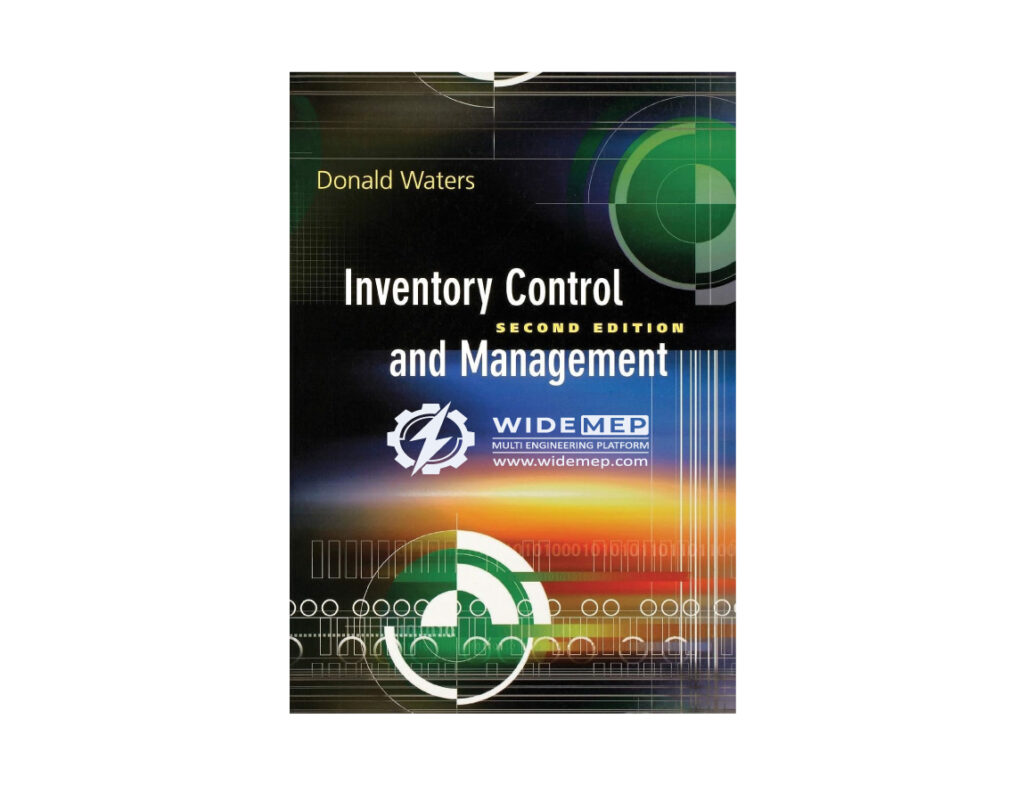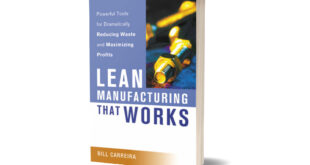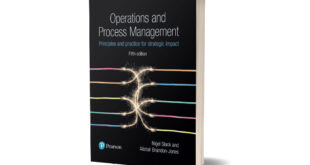Inventory Control and Management
Introduction

Stock holding costs money, and inventory control issues are nearly ubiquitous. In the last ten years, businesses have worked to enhance customer service while reducing stock levels and accelerating the movement of materials through their supply chains. This newly revised volume analyzes the most recent research on inventory management. It highlights the expansion of online shopping as well as the shift away from traditional models built on economic order quantities and toward dependent demand systems.
The author discusses significant trends and forces for change while placing inventory management in its larger context. The reader gains a comprehensive understanding of the underlying ideas through the discussion and evaluation of the key approaches. Although some quantitative concepts are developed in the text, the author has minimized the mathematics in favor of real-world applications and spreadsheet calculations.
This book serves as a crucial resource for practitioners and students of management, operations management, management science, and production who are new to the field of inventory control.
There is additional reading material for instructors implementing inventory control and management.

Table of contents
Preface
Part I
Introduction
-
Stocks and Inventories
Aims of the chapter
Stocks of materials
Reasons for holding stocks
Stocks in the supply chain
Trends affecting stock
Changes to aggregate stocks
Chapter review
Project
Discussion questions
References and further reading
-
Stocks within an Organization
Aims of the chapter
Inventory management and logistics
Setting the aims of inventory management
Strategic role of stock
Costs of holding stock
Approaches to inventory control
Chapter review
Project
Discussion questions
References and further reading
Part II
Methods for Independent Demand
-
Economic Order Quantity
Aims of the chapter
Defining the economic order quantity
Adjusting the economic order quantity
Uncertainty in demand and costs
Adding a finite lead time
Chapter review
Project
Problems
Discussion questions
References and further reading
-
Models for Known Demand
Aims of the chapter
Price discounts from supplier
Finite replenishment rate
Planned shortages with back-orders
Lost sales
Constraints on stock
Discrete, variable demand
Chapter review
Project
Problems
Discussion questions
References and further reading
-
Models for Uncertain Demand
Aims of the chapter
Uncertainty in stocks
Models for discrete demand
Order quantity with shortages
Service level
Uncertain lead time demand
Periodic review methods
Chapter review
Project
Problems
Discussion questions
References and further reading
Part III
Information for Inventory Management
-
Sources of Information
Aims of the chapter
Inventory management information systems
Information from accounting
Information about supply and demand
Warehousing
Chapter review
Project
Problems
Discussion questions
References and further reading
-
Forecasting Demand
Aims of the chapter
Methods of forecasting
Judgemental forecasts
Time series
Causal forecasting
Projective forecasting
Planning forecasts
Chapter review
Project
Problems
Discussion questions
References and further reading
-
Planning and Stocks
Aims of the chapter
Levels of planning
Aggregate planning
Master schedules
Operational schedules
Simulation of stocks
Chapter review
Project
Problems
Discussion questions
References and further reading
Part IV
Methods for Dependent Demand
-
Material Requirements Planning
Aims of the chapter
Limitations of independent demand methods
Approach of material requirements planning
Benefits and problems with MRP
Adjusting the MRP schedules
Extensions to MRP
Chapter review
Project
Problems
Discussion questions
References and further reading
-
Just-in-Time
Aims of the chapter
Principles of just-in-time
Main features for stocks
Achieving just-in-time operations
Other effects of JIT
Benefits and disadvantages of JIT
Extending JIT along the supply chain
Comparisons with other methods of inventory management
Chapter review
Project
Problems
Discussion questions
References and further reading
Index
 widemep.com
widemep.com

